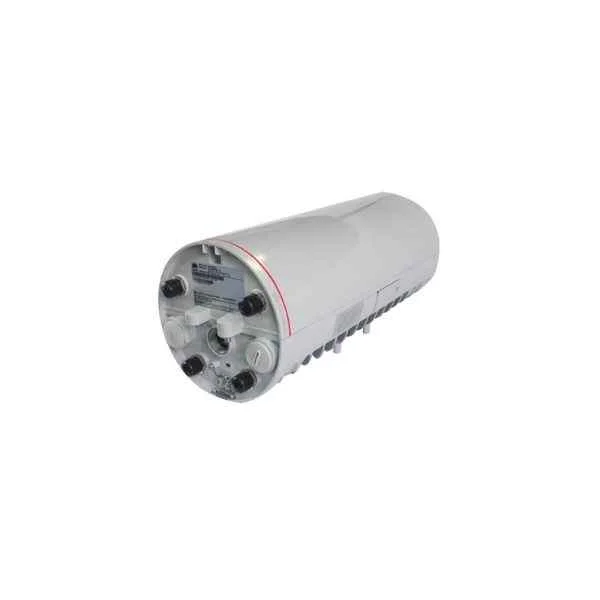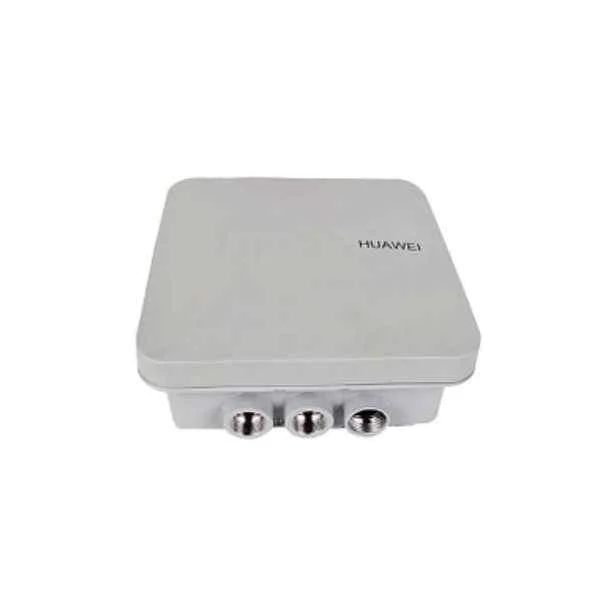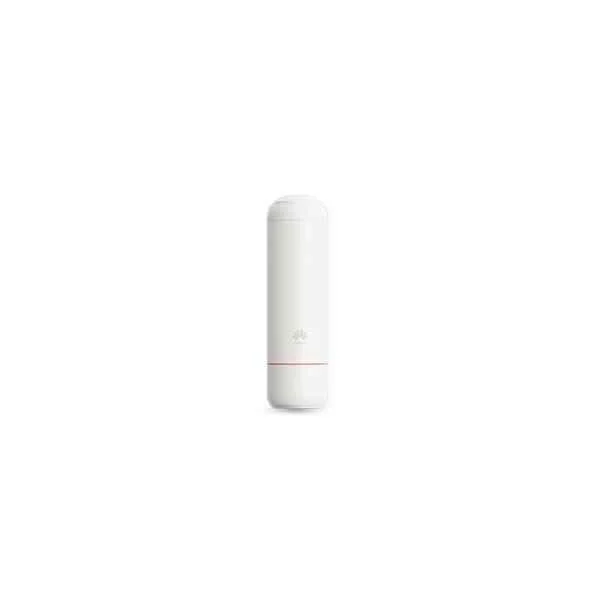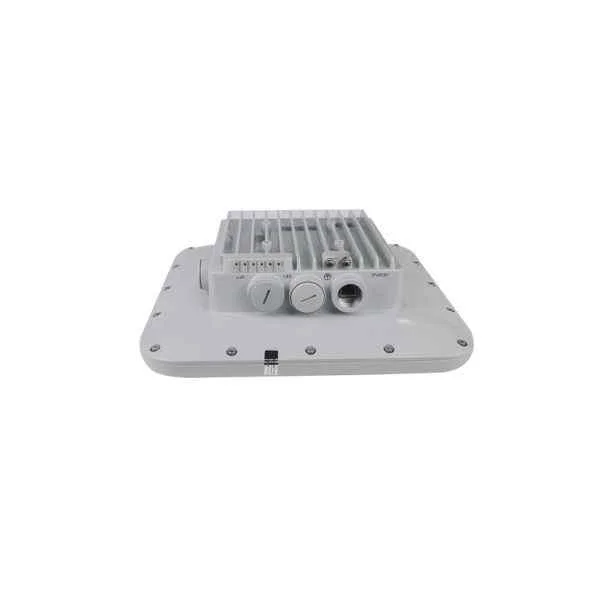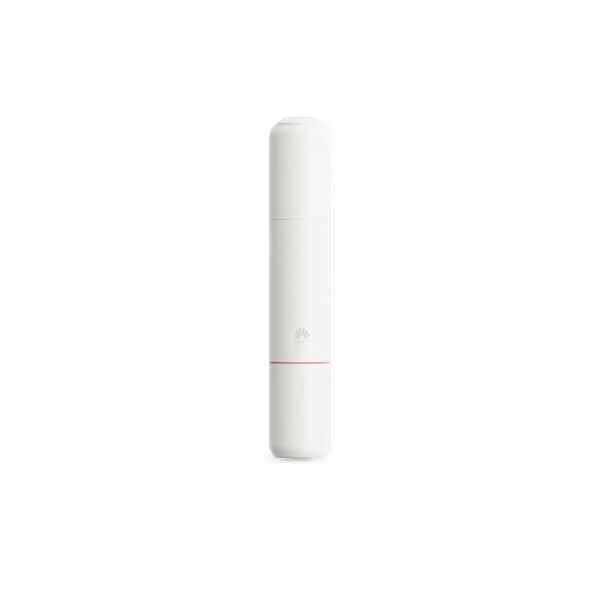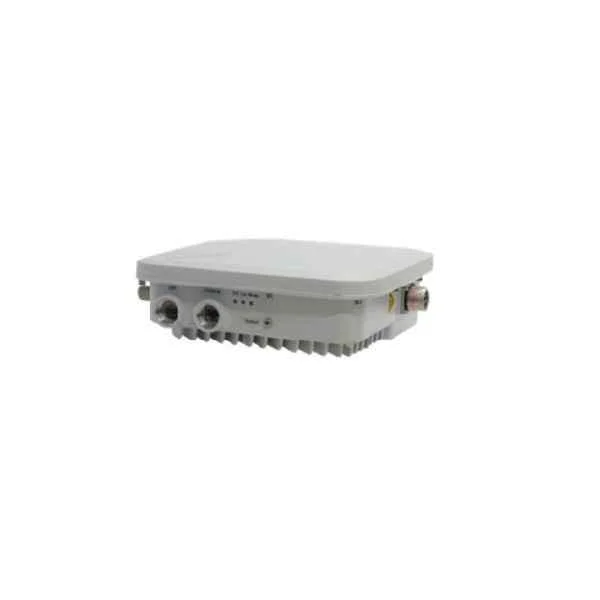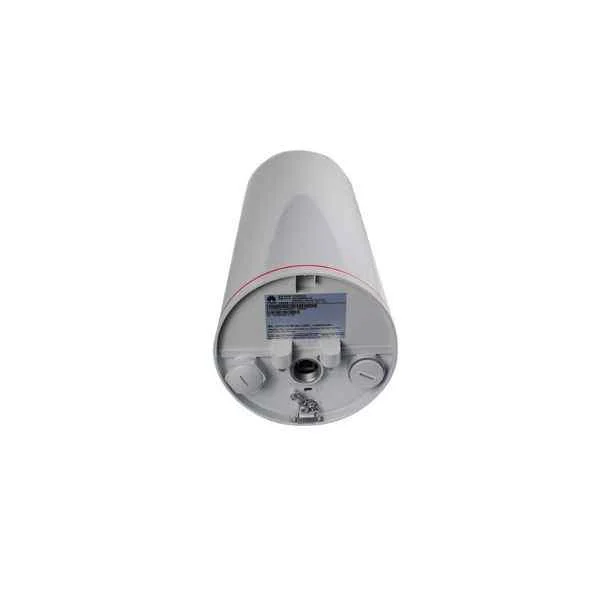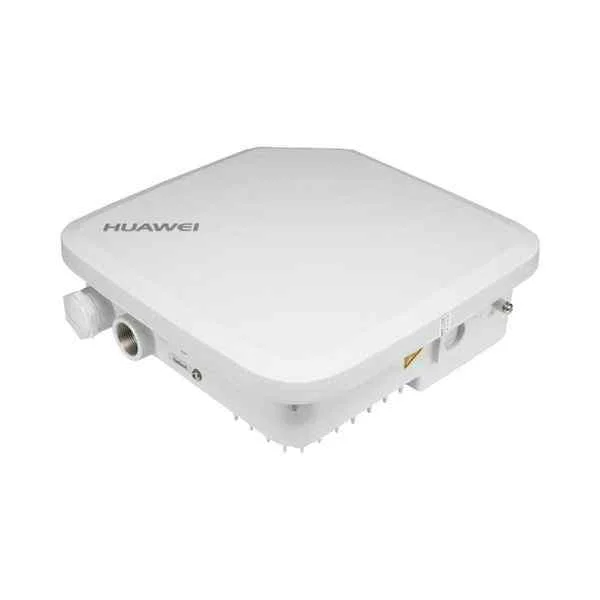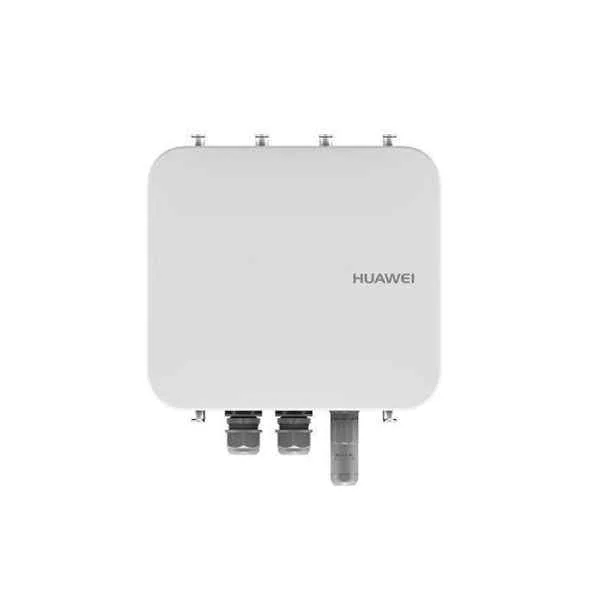Overview Of AP8082DN
No Data FoundSpecification Of AP8082DN
AP8082DN Datasheet
AP8082DN Specification
AP8082DN Specification |
|
|
Dimensions (length x diameter) |
387 mm x φ165 mm |
|
Weight |
3.9 kg |
|
Interface type
|
1 x 10/100/1000M self-adaptive Ethernet interface (RJ45) 1 x 100/1000M/2.5G/5G self-adaptive Ethernet interface (RJ45) 1 x Management console port (RJ45) 1 x SFP fiber interface |
|
Bluetooth |
BLE4.1 |
|
LED indicator |
Indicates the power-on, startup, running, alarm, and fault states of the system. |
|
Power input |
PoE power supply: in compliance with IEEE 802.3at/bt; only the 2.5G/5G port supports PoE input. |
|
PoE out |
15.4 W (only supported by GE interfaces) |
|
Maximum power consumption
|
802.3bt power supply: 45 W (excluding the output power of the PoE_OUT port) 802.3at power supply: 25.5 W (The PoE_OUT function and GE/POE_OUT ports are unavailable, 5GE and SFP are mutually exclusive.) The actual maximum power consumption depends on local laws and regulations. In 802.3at power supply mode, the radio power is reduced, and the 2.4 GHz radio works in 2x4 MIMO mode. |
|
Operating temperature |
€“40°C to +65°C |
|
Storage temperature |
€“40°C to +85°C |
|
Operating humidity |
0% to 100% (non-condensing) |
|
Dustproof and waterproof grade |
IP68 |
|
Wind survivability |
Up to 165 mph |
|
Altitude |
€“60 m to 5,000 m |
|
Atmospheric pressure |
53 kPa to 106 kPa |
|
Antenna type |
Built-in directional antennas (horizontal 60°, vertical30°) |
|
Antenna gain |
2.4G: 7dBi 5G: 7dBi |
|
Maximum number of SSIDs for each radio |
16 |
|
Maximum number of users |
‰¤ 512 |
|
Maximum transmit power
|
2.4G: 29 dBm (combined power) 5G: 28 dBm (combined power) The actual transmit power depends on local laws and regulations. |
|
Power increment |
1 dBm |
|
AP8082DN receiver sensitivity |
2.4 GHz 802.11b :€“102 dBm @ 1 Mbit/sï¼›€“94dBm@ 11 Mbit/s 2.4 GHz 802.11g:-95dBm @ 6 Mbit/sï¼› -75dBm @ 54 Mbit/s 2.4 GHz 802.11n (HT20):-94 dBm @ MCS0ï¼›-74dBm @ MCS31 2.4 GHz 802.11n(HT40):-92 dBm @ MCS0ï¼› -72 dBm @ MCS31 5 GHz 802.11a :-97 dBm @ 6 Mbit/sï¼› -77dBm @ 54 Mbit/s 5 GHz 802.11n (HT20):-97 dBm @ MCS0ï¼› -75 dBm @ MCS31 5 GHz 802.11n (HT40):-94 dBm @ MCS0ï¼› -68dBm @ MCS31 5 GHz 802.11ac (VHT20):-97 dBm @ MCS0NSS1ï¼› -72 dBm @ MCS8NSS4 5 GHz 802.11ac (VHT40):-94 dBm @ MCS0NSS1ï¼› -68 dBm @ MCS9NSS4 5 GHz 802.11ac (VHT80):-91 dBm @ MCS0NSS1ï¼› -65 dBm @ MCS9NSS4 5 GHz 802.11ac (VHT160):-88 dBm @ MCS0NSS1ï¼› -64 dBm @ MCS9NSS2 |
|
WLAN features |
Compliance with IEEE 802.11a/b/g/n/ac/ac Wave 2 Dual-5G for the AP8182DN, and maximum rate of 2.53 Gbit/s (AP8082DN) or 3.46 Gbit/s (AP8182DN) Maximum ratio combining (MRC) Space time block code (STBC) Cyclic Delay Diversity (CDD)/Cyclic Shift Diversity (CSD) Beamforming MU-MIMO Low-density parity-check (LDPC) Maximum-likelihood detection (MLD) Frame aggregation, including A-MPDU (Tx/Rx) and A-MSDU (Tx/Rx) 802.11 dynamic frequency selection (DFS) Short guard interval (GI) in 20 MHz, 40 MHz, 80 MHz, 160 MHz, and 80+80 MHz modes Priority mapping and packet scheduling based on a Wi-Fi Multimedia (WMM) profile to implement priority- based data processing and forwarding Automatic and manual rate adjustment WLAN channel management and channel rate adjustment Automatic channel scanning and interference avoidance Service set identifier (SSID) hiding Signal sustain technology (SST) Unscheduled automatic power save delivery (U-APSD) Control and Provisioning of Wireless Access Points (CAPWAP) in Fit AP mode Automatic login in Fit AP mode Extended Service Set (ESS) in Fit AP mode Wireless distribution system (WDS) in Fit AP mode Mesh networking in Fit AP mode Multi-user CAC Hotspot2.0 802.11k and 802.11v smart roaming 802.11r fast roaming (‰¤ 50 ms) WAN authentication escape. In local forwarding mode, this function retains the online state of existing STAs and allows access of new STAs when APs are disconnected from an AC, ensuring service continuity. |
|
Network features
|
Compliance with IEEE 802.3ab Auto-negotiation of the rate and duplex mode and automatic switchover between the Media Dependent Interface (MDI) and Media Dependent Interface Crossover (MDI-X) Compliance with IEEE 802.1q SSID-based VLAN assignment VLAN trunk on uplink Ethernet ports Management channel of the AP uplink port in tagged and untagged mode DHCP client, obtaining IP addresses through DHCP Tunnel data forwarding and direct data forwarding STA isolation in the same VLAN Access control lists (ACLs) Link Layer Discovery Protocol (LLDP) Uninterrupted service forwarding upon CAPWAP channel disconnection in Fit AP mode Unified authentication on the AC in Fit AP mode AC dual-link backup in Fit AP mode Network Address Translation (NAT) in Fat AP mode IPv6 in Fit AP mode Soft Generic Routing Encapsulation (GRE) IPv6 Source Address Validation Improvements (SAVI) |
|
QoS features
|
Priority mapping and packet scheduling based on a Wi-Fi Multimedia (WMM) profile to implement priority-based data processing and forwarding WMM parameter management for each radio WMM power saving Priority mapping for upstream packets and flow-based mapping for downstream packets Queue mapping and scheduling User-based bandwidth limiting Adaptive bandwidth management (automatic bandwidth adjustment based on the user quantity and radio environment) to improve user experience Smart Application Control (SAC) in Fit AP mode Airtime scheduling Support for Microsoft Lync APIs and high voice call quality through Lync API identification and scheduling |
|
Security features
|
Open system authentication WEP authentication/encryption using a 64-bit, 128-bit, or 152-bit encryption key WPA/WPA2-PSK authentication and encryption (WPA/WPA2 personal edition) WPA/WPA2-802.1x authentication and encryption (WPA/WPA2 enterprise edition) WPA-WPA2 hybrid authentication WAPI authentication and encryption Wireless intrusion detection system (WIDS) and wireless intrusion prevention system (WIPS), including rogue device detection and countermeasure, attack detection and dynamic blacklist, and STA/AP blacklist and whitelist 802.1x authentication, MAC address authentication, and Portal authentication DHCP snooping Dynamic ARP Inspection (DAI) IP Source Guard (IPSG) 802.11w Protected Management Frames (PMFs) Application identification |
|
Maintenance features
|
Unified management and maintenance on the AC in Fit AP mode Automatic login and configuration loading, and plug-and-play (PnP) in Fit AP mode WDS zero-configuration deployment in Fit AP mode Mesh network zero-configuration deployment in Fit AP mode Batch upgrade in Fit AP mode Telnet STelnet using SSH v2 SFTP using SSH v2 Local AP management through the serial interface Web local AP management through HTTP or HTTPS in Fat AP mode Real-time configuration monitoring and fast fault location using the NMS SNMP v1/v2/v3 in Fat AP mode System status alarm Network Time Protocol (NTP) in Fat AP mode |
|
BYOD
|
The AP supports bring your own device (BYOD) only in Fit AP mode. Identifies the device type according to the organizationally unique identifier (OUI) in the MAC address. Identifies the device type according to the user agent (UA) information in an HTTP packet. Identifies the device type according to DHCP options. The RADIUS server delivers packet forwarding, security, and QoS policies according to the device type carried in the RADIUS authentication and accounting packets. |
|
Location service
|
The AP supports the locating service only in Fit AP mode. Locates tags manufactured by AeroScout or Ekahau. Locates Wi-Fi terminals. Works with eSight to locate rogue devices. |
|
Spectrum analysis
|
The AP supports spectrum analysis only in Fit AP mode. Identifies interference sources such as baby monitors, Bluetooth devices, digital cordless phones (at 2.4 GHz frequency band only), wireless audio transmitters (at both the 2.4 GHz and 5 GHz frequency bands), wireless game controllers, and microwaves. Works with eSight to perform spectrum analysis on interference sources. |


 +1 (281) 747-5957
+1 (281) 747-5957





